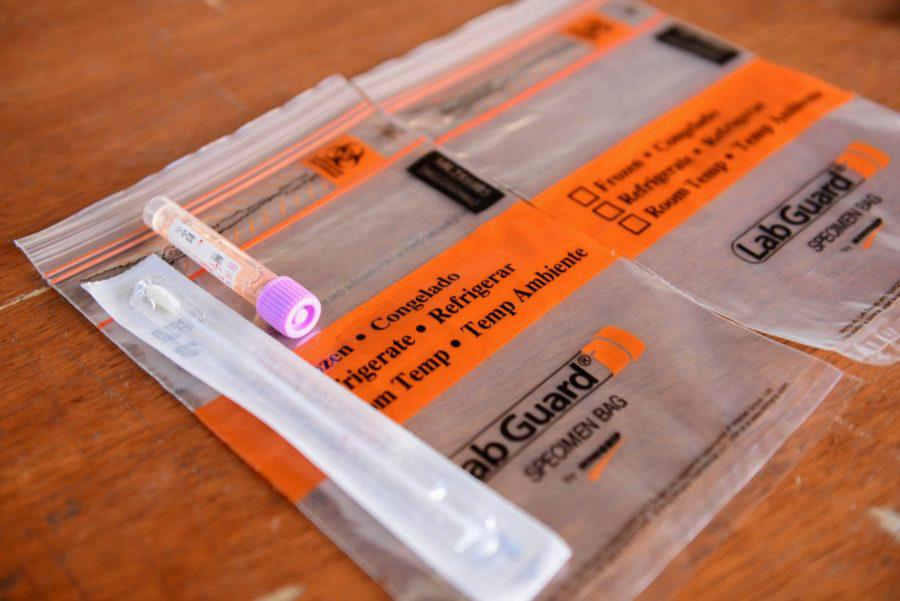Pitt adds 15 COVID-19 cases since Tuesday
February 19, 2021
Pitt added 15 new COVID-19 cases, composed of 13 students and two employees, between Tuesday and Thursday, with 24 students currently in isolation. The University’s previous case report, covering last Friday to Monday, included 15 cases.
This is the spring semester’s 10th case report and arrives after the mandatory shelter in place ended on Tuesday. Pitt also shifted back to the Elevated Risk posture, allowing for some in-person dining and classes as well as open common spaces.
Allegheny County Health Department and state health officials have continued to report high case numbers. According to hospital data compiled by The New York Times, about 75% of ICU beds in the Pittsburgh area are currently occupied, compared with 78% statewide and 75% nationally. UPMC Shadyside is at 81% capacity and has 40 available ICU beds.
The University has had 970 students and 194 employees test positive since June 26, with 946 students and 185 employees recovered thus far.
There are 24 students currently isolated at home or in Pitt’s isolation housing, which is reserved for those who have either a confirmed or suspected COVID-19 infection. Pitt has a total of about 300 isolation beds.
Pitt implemented a systematic, random testing strategy, which involves testing several hundred students each week on Mondays and Wednesdays inside Posvar Hall. Out of 221 students without COVID-19 symptoms randomly tested on Monday, five were positive. Out of 255 students without COVID-19 symptoms randomly tested on Wednesday, none were positive. These two days increased Pitt’s spring prevalence rate from 0.29% to 0.45%. The Student Health Center also now has the capacity to test 300 symptomatic students per day.
Pitt’s COVID-19 Medical Response Office said in a Friday evening email that it is “notable” that there were five positive tests in one day of surveillance testing, but not “unexpected” since the University saw a similar pattern in the fall term.
“Shortly after shelter in place lifted in the fall term, there was a slight increase in cases, so this week’s data are not unexpected,” the CMRO said. “We are prepared to respond quickly and effectively with contact tracing and testing of close contacts.”
The Pennsylvania Department of Health has approved Pitt as a vaccine provider, but the University remains unsure about when it will receive doses to distribute, according to Pitt officials. The CMRO said it’s important to fill out the vaccine survey Pitt sent late last month, so Pitt is prepared to make appointments if it receives a supply.
The University also implemented a variety of new policies due to the pandemic during the spring semester, though some community members questioned whether the safeguards are sufficient. Students moved into dorms in four cohorts, beginning in late January and continuing into early February. Students needed a negative COVID-19 test before moving back on campus. Faculty and staff also have access to mail-in tests if they meet certain criteria.
Additionally, students are encouraged to shelter in place at least seven days before moving in. Once on campus, students are required to shelter in place again for at least 10 days or until the CMRO announces that it’s safe to move about campus. Students may attend classes during this time. Pitt also planned testing of students to monitor the virus’s spread, required students, faculty and staff to complete COVID-19 training and imposed strict penalties for violations of health guidelines.
Kenyon Bonner, the vice provost and dean of students, said student organizations who host a party or event can face suspension, and students hosting large parties can be suspended. Students living on campus who attend large parties can have their housing suspended for the semester, and students living off campus can be switched to persona non grata status, preventing them from entering University buildings or property.



